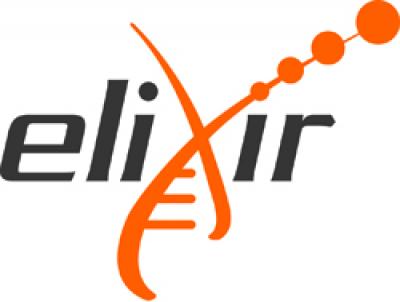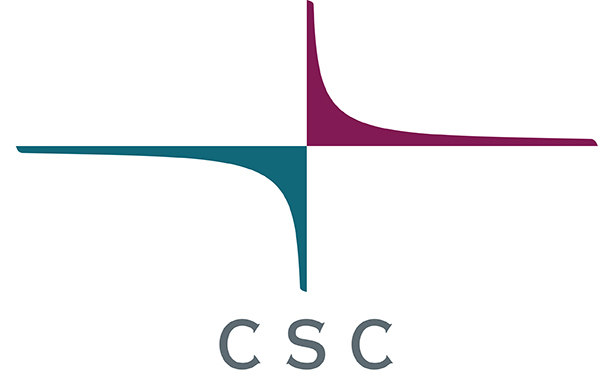Training materials
Authors: Jared Simpson or Eija Korpelainen or Maria Victoria . or Julie Sullivan or Friederike Ehrhart or nekrut or Michael Love or Allegra Via or Sarah Morgan
-
ekorpela/cloud-vm-workshop
Computer science Containerization Docker Cloud computing
-
Training materials, Series of videos
Visium data analysis (spatially resolved transcriptomics) 2022
spatially resolved transcriptomics -
Course design: Considerations for trainers – a Professional Guide
Curriculum development, course design, learning outcomes, Bloom's Taxonomy, assessment, course evaluation, training trainers, training material
-
Tutorial
Rare Disease Pathway and Network Analysis
• beginnerPathway analysis Biological networks Network analysis Pathways -
Slides, Training materials, Series of videos
Single-cell RNA-seq data analysis using Chipster 2022
• beginnerscRNA-seq -
How to use the statistics module of ArrayAnalysis.org for statistics analysis of microarray data
ArrayAnalysis.org microarray
-
course materials, Training materials, Documentation
ELIXIR eLearning definitions
eLearning training EeLP
-
course materials, Training materials, Slides, Video
RNA-seq data analysis using Chipster
Genomics Transcriptomics transcriptomics RNA-Seq eLearning EeLP
-
Training materials
ELIXIR EXCELERATE Train the Trainer
Train the trainer Pedagogy Course development Course design
-
course materials, Video
Single cell RNA-seq data analysis with Chipster
• beginnerRNA-Seq RNA-Seq Single Cell technologies scRNA-seq
